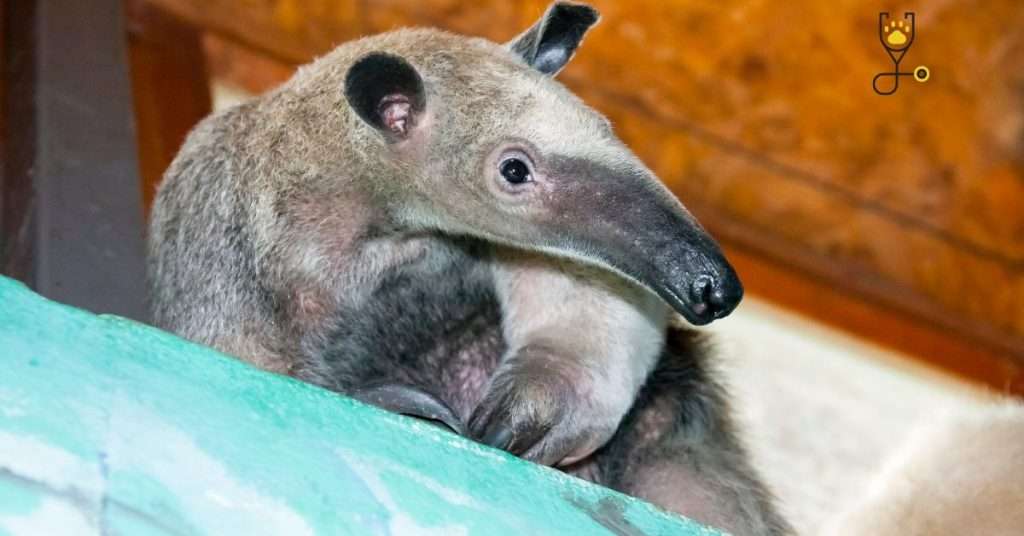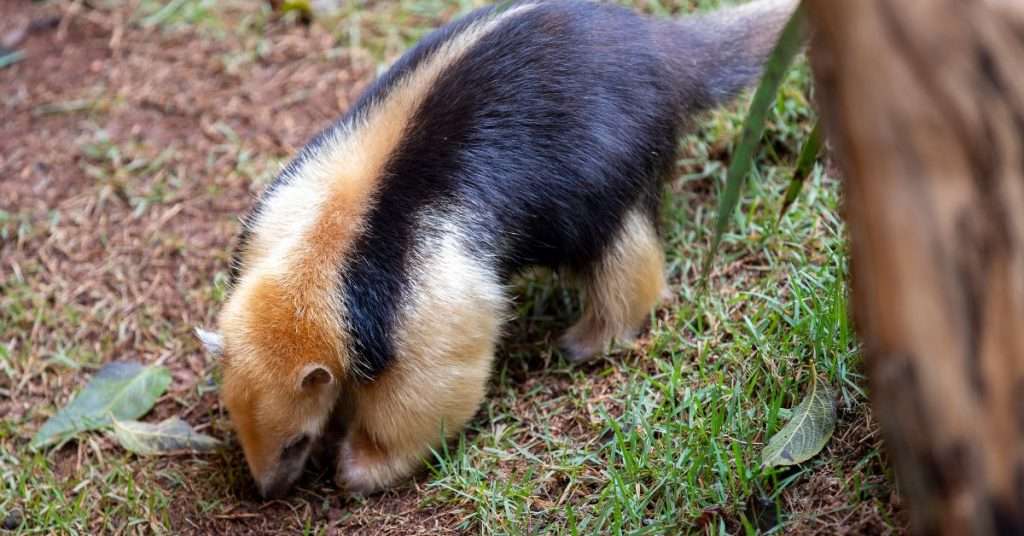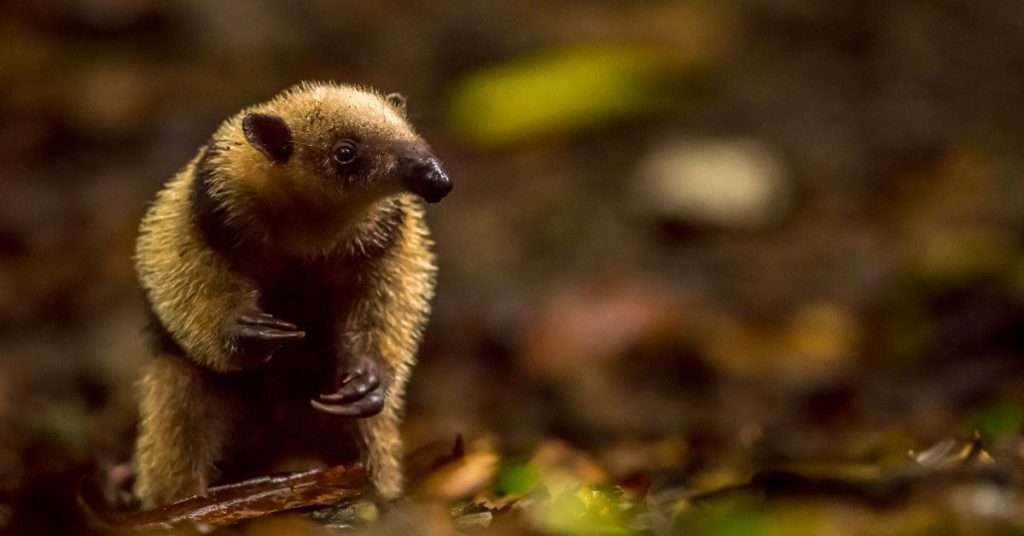When someone mentions “anteater,” most people think of the giant, lumbering creatures that can weigh up to 100 pounds. However, there is another kind of anteater – the Tamandua. This small, tree-climbing anteater is native to Central and South America and makes a unique pet. With its long snout and curious nature, the Tamandua is a fascinating animal to watch and learn about.

Why Do Tamanduas Make Nice Exotic Pets?
The lesser anteater, more commonly known as the tamandua, is a small mammal native to Central and South America. Though they are often kept as pets, there are many reasons to think twice before hosting a tamandua. For one, the species is highly affectionate and may become attached to their human caretakers. They have been known to nuzzle necks, hold on tight while walking, and even snuggle up for naps. Secondly, tamanduas are avid groomers and will spend hours each day licking their fur clean. This can lead to excessive moisturebuild-up in the home and an increased risk of mold growth. Finally, tamanduas are notorious escape artists and have been known to squeeze through small openings in fences or cages. If you’re considering hosting a tamandua, be prepared for lots of love–and a little bit of extra work.
Read More: 10 Venomous Pets That Are Legal to Own
What Do Tamanduas Eat?
In the wild, tamanduas are opportunistic eaters and will feast on everything from ants and termites to fruits and flowers. However, pet tamanduas should be fed a diet that is high in protein and low in sugar. A good diet for a pet tamandua includes:
- Crickets
- Mealworms
- Wax worms
- Ants
- Termites
- Other insects
- Fruits
- Vegetables
Tamanduas should have access to fresh water at all times. A water bottle with a sipper tube attached to the side of the cage is the best way to provide water to your pet.

How Much Space Does a Tamandua Need?
In the wild, tamanduas are proficient tree climbers and can often be found high up in the branches. As such, they require ample vertical space in their enclosure.
The minimum cage size for a pet tamandua should be at least 8 feet tall by 4 feet wide by 4 feet deep. The cage should also include plenty of places for your pet to climb, such as branches, rocks, and artificial vines.
When it comes to bedding, avoid using sand or other loose materials that your pet could ingest. Instead, use paper towels, carefresh bedding, or recycled newspaper pellets. The substrate should be changed weekly to prevent the build-up of bacteria and mold.
What Is the Lifespan of a Tamandua?
In captivity, tamanduas can live for up to 20 years with proper care. However, wild tamanduas typically only live for 10 to 12 years.
Are There Disadvantages to Keeping This Exotic Pet?
Many people are surprised to learn that tamanduas can make excellent pets. Of course, they are expensive, and not as easy to obtain as a puppy or kitten. My first tamandua was given to me as a baby after a hunter shot her mother, but if you find a pet for sale at one of the wild animal auctions in the US, a young animal will cost between $3000–8000.
Second, they are not as easy to obtain as a puppy or kitten; you may need to find a reputable breeder or wild animal auction.
Finally, they require special care and housing; tamanduas are not suitable for everyone. But if you’re prepared to meet their needs, a tamandua can make a wonderful addition to your family.
Read More: 5 Deer Species That Are Kept as Pets
How Do You Housetrain a Tamandua?
Housetraining a tamandua is similar to housetraining any other pet. The best way to start is by confining your pet to a small area, such as a bathroom, laundry room, or spare bedroom. Put your pet’s food and water dishes in the confined area, as well as his litter box.
Take your pet out to the designated elimination area frequently—after he wakes up, after he eats, and before he goes to bed. Be sure to praise him when he eliminates in the proper place. If he has an accidents, clean it up immediately with an enzymatic cleaner to remove the scent and prevent him from eliminating in that spot again.
With patience and consistency, you should be able to housetrain your tamandua in a few weeks.

Tamandua Health
The tamandua, or lesser anteater, is a native of Central and South America. It is a small mammal, measuring between two and four feet in length, with a long tail and silky fur. Tamanduas are generally healthy animals, but they can sometimes suffer from skin conditions. These conditions are most likely to occur after the animal has been bitten by a tick. If the wound is cleaned and disinfected promptly, it will usually heal without any further problems. In rare cases, an infection may develop that will require antibiotic therapy. With proper care, the tamandua can enjoy a long and healthy life.
Read More: 10 Exotic Pets That Smell Bad
Are Tamanduas Endangered?
The tamandua is not currently listed as endangered, but it is considered to be at risk due to habitat loss and hunting pressure. In some areas of its range, the tamandua is hunted for its meat and fur. It is also sometimes kept as a pet, which can lead to problems if the animal is not properly cared for.
If you are considering keeping a tamandua as a pet, be sure to do your research and make sure you are prepared to provide proper care for your new pet.